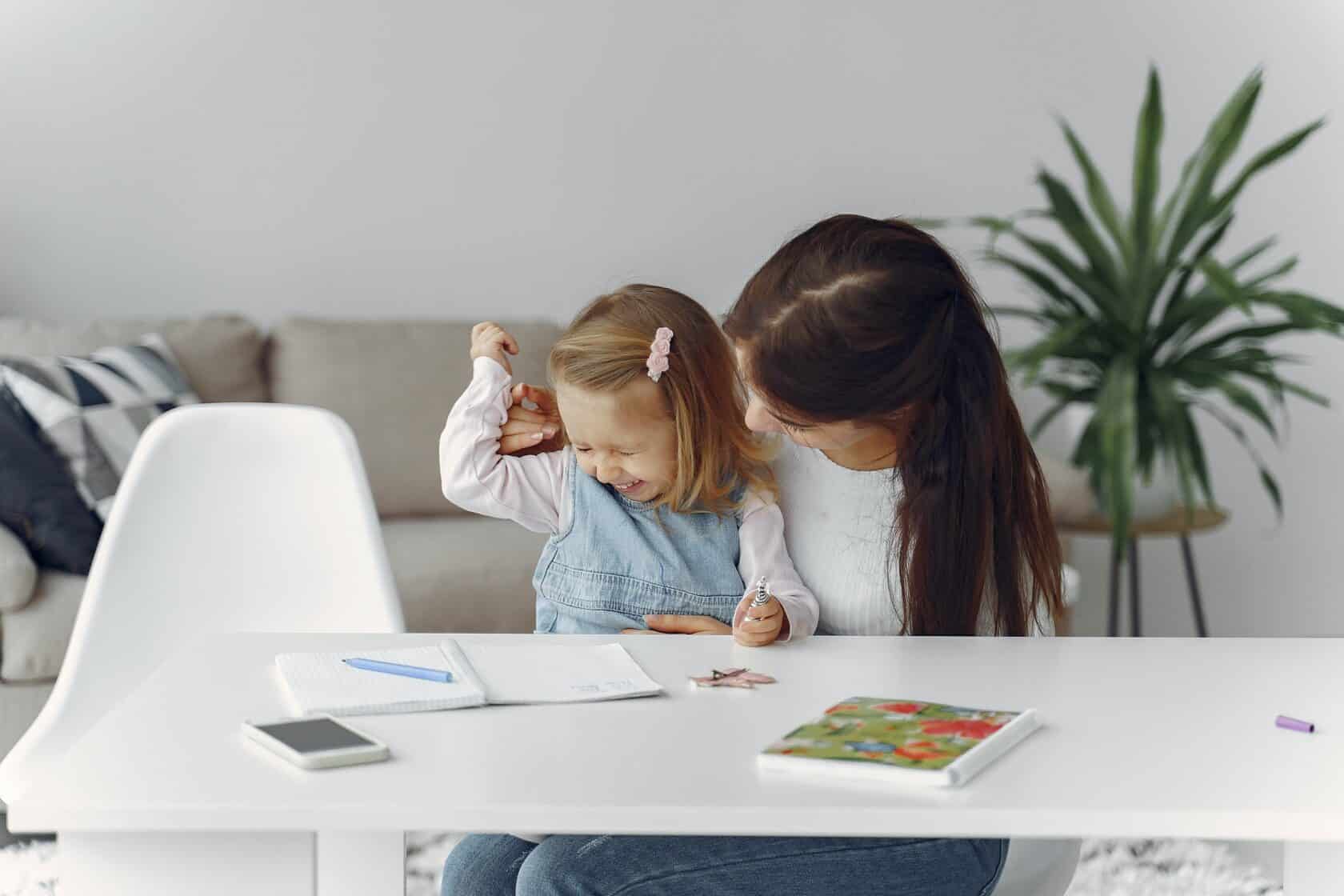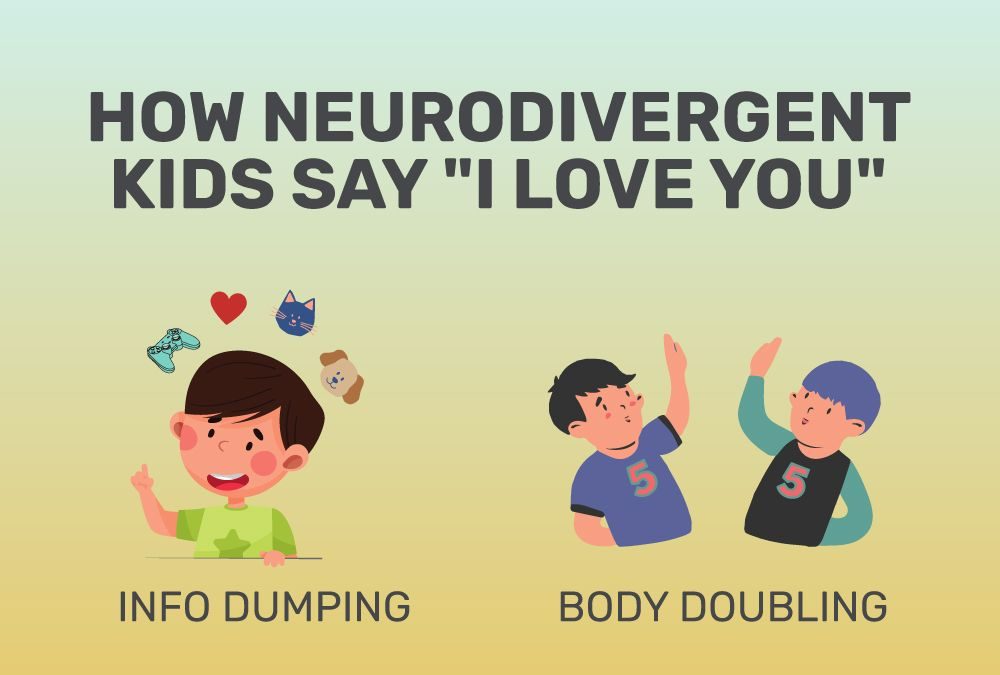Bilingual language learners have the unique ability to acquire and utilize two languages simultaneously. This concept is observed in various scenarios, offering numerous examples of its practical application.
- Growing up in multilingual households: Children exposed to multiple languages at home effortlessly learn and communicate in both languages.
- Language immersion programs: Students immersed in a foreign language environment develop proficiency in that language alongside their native language.
- Bilingual education: Educational programs that provide instruction in two languages enable students to become fluent in both languages.
- Language exchange programs: Individuals who engage in language exchange programs mutually learn and practice each other’s languages.
- Cultural and linguistic diversity: Communities with diverse populations naturally foster bilingual language learning through interactions and exposure to different languages.
These examples demonstrate the practicality and benefits of acquiring and utilizing two languages simultaneously. Goally, our tablet, helps kids develop life and language skills through fun apps like visual schedules, AAC, gamified learning, and specialized apps for emotional regulation, executive functioning, and social skills training.
This post was originally published on March 31, 2023. It was updated on July 18, 2023.














